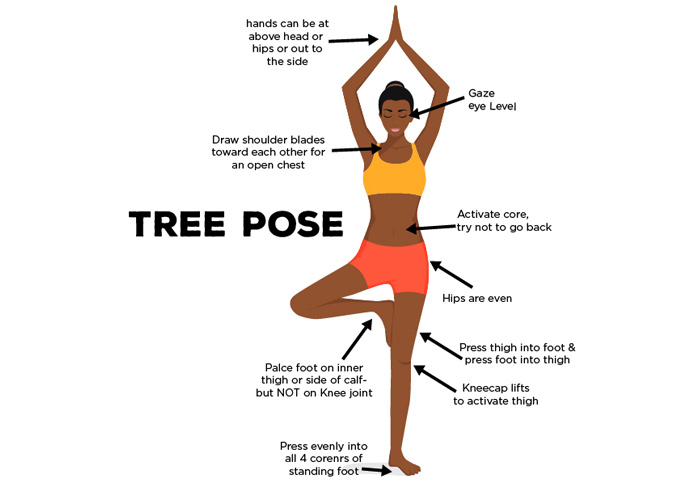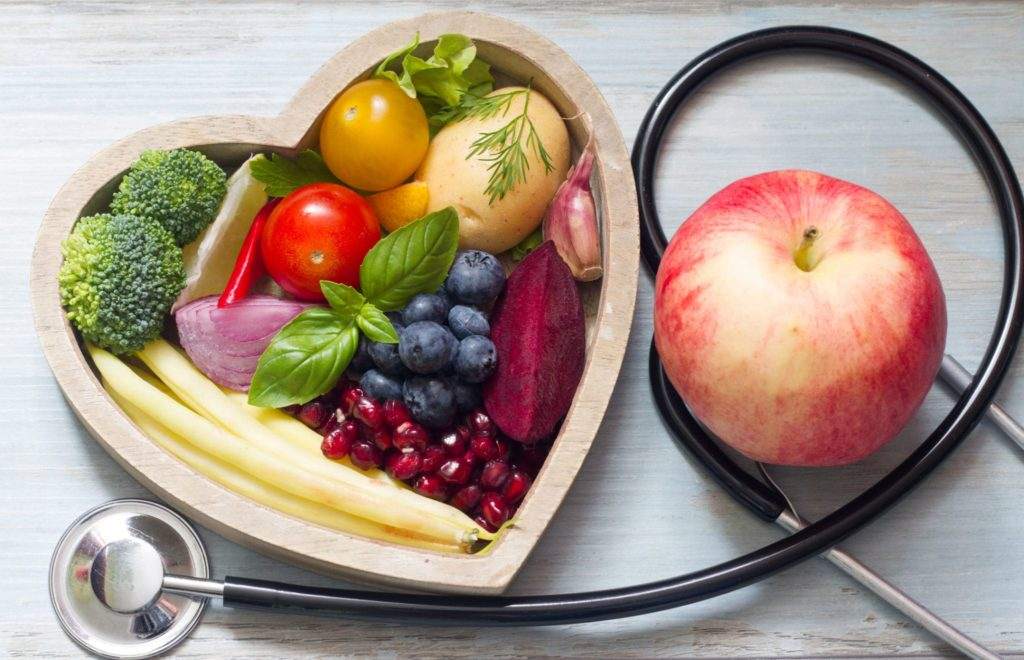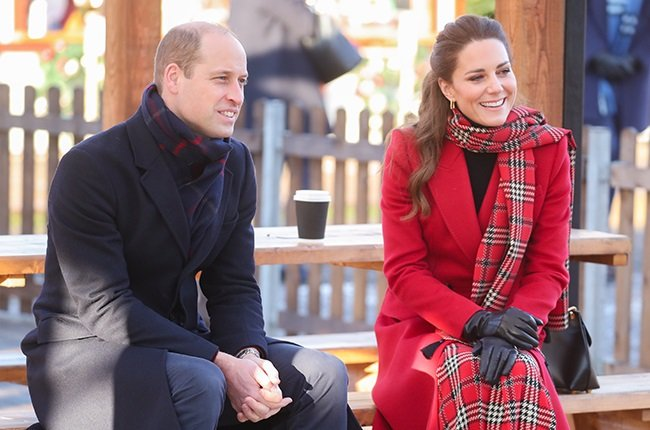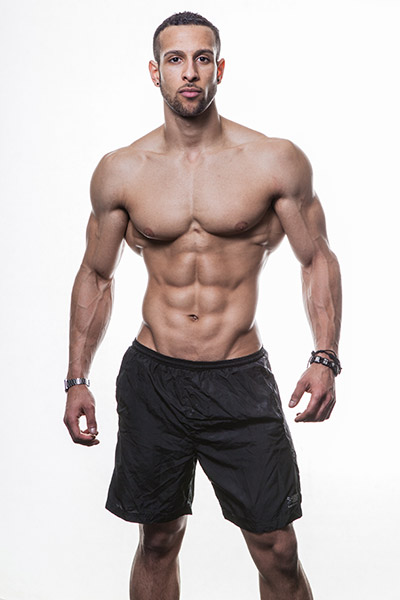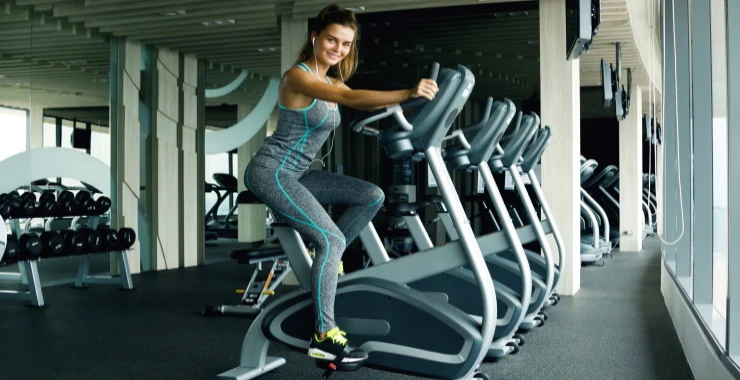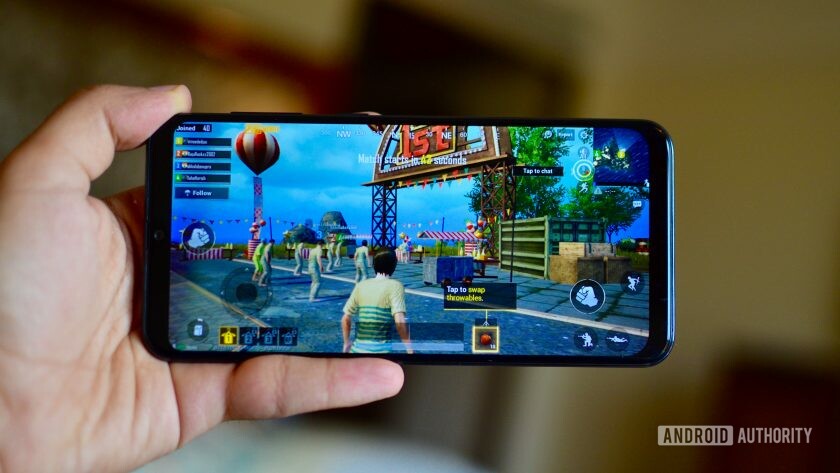
5 Mind-blowing Health Benefits Of Playing Mobile Games
Playing video games is well known to provide certain health benefits—from reducing depression, to relieving stress and even creating a general good feeling. While this might sound like an outrageous claim, there are lots of available evidence to support it. This has led many to incorporate video games into their regular lives. Allocating a bit of time to playing games can improve your mental health in a lot of amazing ways.
This topic is quite controversial, as there is evidence from researches and studies, to support and oppose the claims made. However, the research supporting the benefits of video games[1] would be difficult and really irresponsible to ignore. The following are some of the benefits of online video games:
1. They improve moods

There are few better ways to boost one’s mood than the feeling of victory that comes with knowing you have finally figured out a difficult mobile video game level and completed the game successfully.
This usually comes with games that involve users trying to find their ways around demolishing the enemy’s Crown Towers, like in Clash Royale Gemmes, where users have an excellent visual approach and are equipped with great mechanics.
In addition, playing mobile games can help to keep anxiety at bay and promote relaxation. If just by playing video mobile games, people get happier, then why would anyone ever dispute the emotional benefits?
2. They train the brain
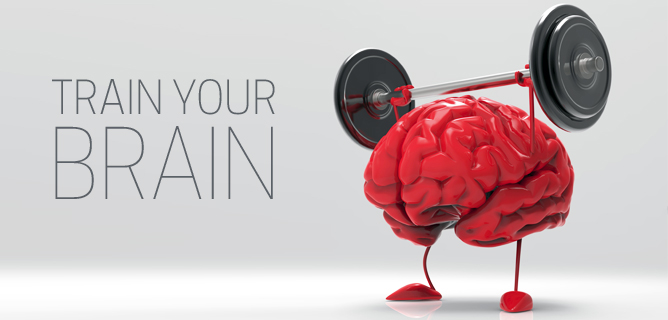
As it relates to boosting brain power, online bingo and certain other games are successful in this. Spatial awareness is enhanced (thanks to different bingo games such as 75 ball bingo where users have to look at different horizontal, diagonal and vertical patterns in order to win the game). Additionally, playing these games regularly can help increase memory capacity. Tasks such as keeping track of different bingo cards as well as focusing on the numbers called out during a game can greatly aid mental stimulation.
3. Age does not really matter
Old or young, learning to play mobile video games is quite easy. The gaming companies are continuously developing games, designed to target youngsters and unlock their potentials. Racing games especially are aimed at the young. Users can tilt their handheld devices to imitate the actions of a real steering wheel. These games equip younger users with the ability to improve on their driving skills.
Racing cars also allows the youngsters to work on their smaller muscle groups. This allows them to reach important and necessary milestones, which can help their cognitive development.
4. They enhance wellbeing

Playing mobile video games allow and enable users to engage in a sense of escapism, since these games require full engagement and deep concentration.
Games have specific ways of ticking all the boxes necessary for successful training of the brain. This is true especially for games users play against the clock. These games get users to focus, think faster and also think flexibly.
By exercising all these skills, which most of the time are very challenging, you can improve your overall well-being. Companies like WonderTree are even redefining special education with augmented reality games.
5. They build social communities
Certain games help users build a social community such as Chess With Friends and Wordfeud. These games allow users to chat with strangers or friends as they play against them.
Another study discovered that people with autism are usually more engaged when they are celebrating victory as they share space with multiple players. Lack of communication is usually a hard issue for those with autism, but increased social interaction from games that involve multiple players can help them.
With the above, you can defend yourself proudly when anyone asks you the benefits of mobile games.

